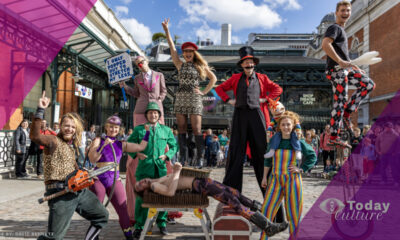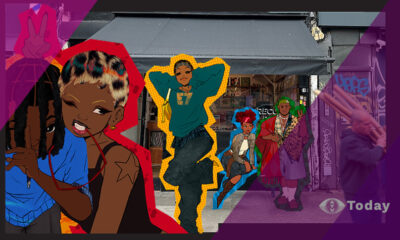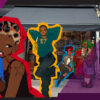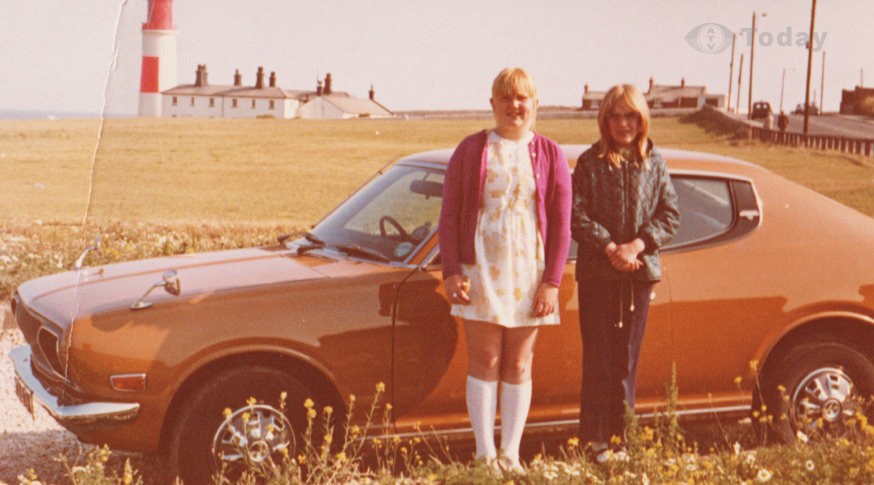Nostalgia, it isn’t what it used to be…
Nostalgia is a powerful emotion many people experience, often triggered by sensory cues like a familiar song or the smell of a childhood meal. Currently the 5 is thriving on nostalgia with a series of weekend programmes that have looked back to the 60s through to the 90s.
“While nostalgia theming can evoke cherished memories, it can inhibit authentic connections. Nostalgia often glosses over rough edges, creating unrealistic expectations. In marketing and social settings, nostalgia triggers strong emotions, but its effectiveness depends on context. Misapplied nostalgia can backfire, leaving experiences feeling disjointed or insincere. Over-reliance on clichés may make events feel superficial.” – Nostalgia expert Queenie Le Trouté
While often seen as mere reminiscing, nostalgia holds deeper significance. It enhances well-being, fosters social connectedness, and imbues life with meaning. By invoking memories of past happiness, nostalgia can facilitate social connections and alleviate loneliness. It can strengthen relationships, drawing people closer, particularly in contexts where relationships are strained.
Nostalgia also strengthens social connections within groups, allowing members to psychologically return to cherished past periods. This sense of shared history can foster commitment and purpose, encouraging individuals to improve their world. Beyond emotional benefits, nostalgia plays a role in creativity and productivity, inspiring and enhancing creative work. It motivates future-oriented behaviours, such as pursuing personal goals and building connections.
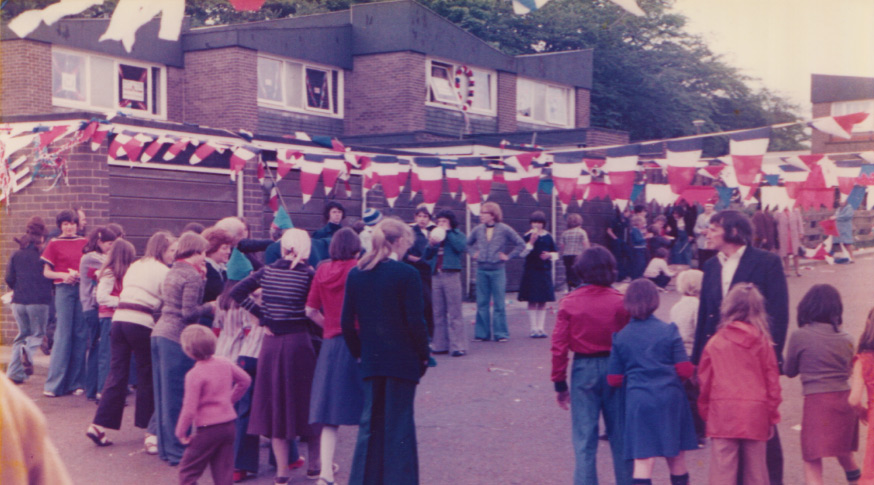
In events and entertainment, nostalgia is a tool for engaging audiences. Events like decade-themed parties tap into collective memories, evoking strong emotions and transforming gatherings into memorable experiences. However, the authenticity of these nostalgic elements is crucial; vague nods to the past do not connect as deeply as specific details.
Nostalgia theming recreates the ambiance and cultural symbols of past eras. The art lies in evoking cherished memories and understanding the mechanics behind nostalgia theming. Nostalgia is inherently social, often rich with social themes cantered on interactions with family and friends. These memories emphasize connections and continuity with the past. Nostalgia theming taps into these elements, recreating environments that encourage togetherness.
Symbolism plays a significant role in nostalgia theming. Symbols like music, fashion, and memorabilia from specific eras construct nostalgic atmospheres. Success depends on resonance with authentic past experiences, as authenticity is crucial. In the digital age, platforms amplify nostalgic experiences by reconnecting individuals with old friends and memories. They allow users to relive past experiences and foster emotional connections.
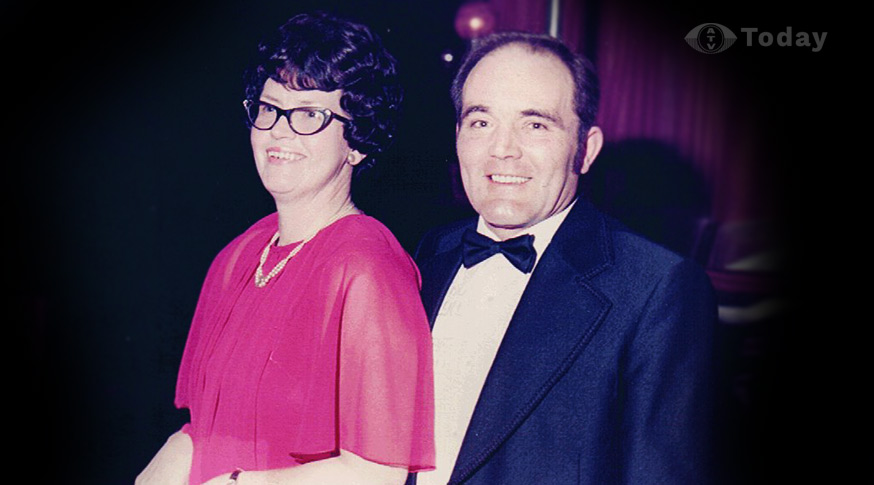
While nostalgia enhances feelings of social connectedness, this effect is nuanced. It involves balancing past interactions with present relationships, avoiding an overemphasis on the past. Proper navigation ensures nostalgia supports rather than hinders authentic social interaction.
“The superficiality of nostalgia theming can hinder authentic connections. People often yearn for genuine connections that reflect true selves, not curated personas. A focus on nostalgia may stifle creativity and make interactions feel scripted, preventing genuine engagement. Social themes like family and togetherness are core contributors to nostalgia’s positive impacts. If not genuinely integrated, the potential for fostering social connectedness is reduced, leading to alienation.” – Nostalgia expert Queenie Le Trouté
Nostalgia-themed events, like 90s parties, aim to recreate the feel of specific eras. The International Drivers Association have recently looked into retro entertainment and they note that ‘authenticity is crucial for nostalgic brands and experiences. However, superficial elements often overshadow deeper connections. While nostalgia can enhance social connectedness, it requires understanding audiences’ cultural references and personal histories. Authenticity is more effectively achieved through personal nostalgic experiences.’



